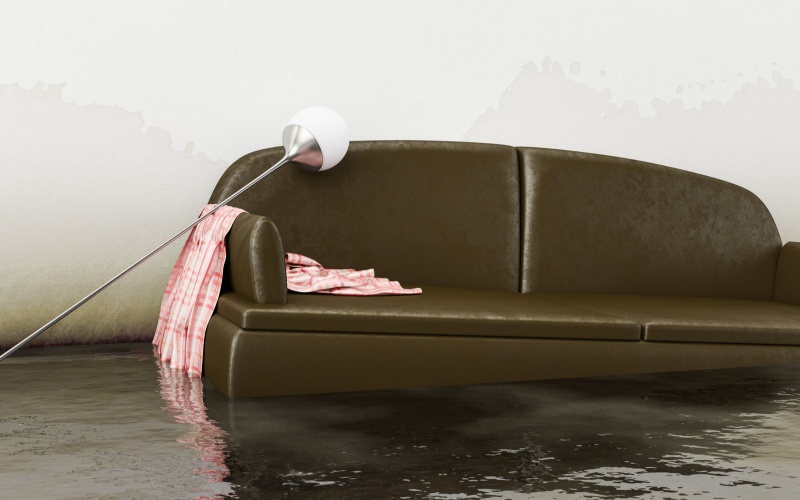With so many shampoos crowding the shelves, it can be hard to know which one is right for you. Should you go for volumizing, hydrating, clarifying, color-protecting, or strengthening formulas? The truth is, your hair type holds the key to making the best choice.
Shampoo is more than just a cleansing product—it sets the foundation for your hair’s health, shine, and manageability. This guide will walk you through how to identify your hair’s unique needs and choose a shampoo that helps it look and feel its best.
1. Identify Your Hair Type
Before you reach for any bottle, you need to understand what type of hair you have. This will help you narrow down which formulas work best.
Main Hair Types:
-
Straight hair: Naturally smooth, often prone to oiliness.
-
Wavy hair: Has gentle curves, can be frizzy or lack definition.
-
Curly hair: Forms distinct curls or spirals, usually drier.
-
Coily/kinky hair: Tight curls or coils, typically very dry and fragile.
You’ll also want to consider hair thickness (fine, medium, or thick) and scalp condition (oily, normal, or dry), as both affect what your hair needs.
2. Understand What Your Hair Needs
Each hair type has its own set of needs. Choosing a shampoo that matches these needs ensures your hair stays balanced and healthy.
Fine Hair:
-
Needs light, non-heavy formulas.
-
Look for volumizing or thickening shampoos that add body.
Thick or Coarse Hair:
-
Needs hydration and smoothing.
-
Look for moisturizing or nourishing shampoos to reduce frizz.
Dry Hair:
-
Needs gentle, sulfate-free formulas with moisturizing ingredients.
-
Look for hydrating shampoos with oils, shea butter, or glycerin.
Oily Hair:
-
Needs clarifying or balancing shampoos.
-
Look for lightweight, oil-free formulas to control buildup.
Color-Treated Hair:
-
Needs color-protecting, sulfate-free shampoos.
-
Look for shampoos labeled “color-safe” or “for colored hair.”
By matching your shampoo to these specific needs, you help maintain your hair’s natural balance and prevent common issues like breakage or dullness.
3. Read the Ingredient List
Not all shampoos are created equal. Learning to read labels helps you avoid ingredients that could harm your hair and spot those that deliver real benefits.
Ingredients to Look For:
-
Hydrating agents: Glycerin, panthenol, aloe vera.
-
Strengthening proteins: Keratin, silk protein, wheat protein.
-
Smoothing oils: Argan oil, coconut oil, jojoba oil.
-
Scalp-soothing ingredients: Tea tree oil, peppermint, salicylic acid (for dandruff).
Ingredients to Avoid (for some hair types):
-
Sulfates (like SLS or SLES): Can strip hair of moisture, especially in dry or color-treated hair.
-
Silicones (in excess): May cause buildup, especially on fine hair.
-
Heavy oils (for oily hair): Can weigh hair down or increase grease.
Choose a formula with ingredients that actively support your hair’s texture and condition.
4. Consider Scalp Health
Your scalp is the foundation of healthy hair, so don’t ignore its needs when picking a shampoo.
For Dry or Flaky Scalp:
-
Look for shampoos with moisturizing or scalp-soothing ingredients.
-
Avoid harsh clarifying shampoos that can make dryness worse.
For Oily Scalp:
-
Choose lightweight, balancing shampoos that remove excess oil without overdrying.
-
Clarifying shampoos once or twice a week can help control buildup.
For Sensitive or Itchy Scalp:
-
Choose hypoallergenic, fragrance-free shampoos.
ADVERTISEMENT -
Avoid shampoos with alcohol or artificial dyes.
Balancing scalp health is just as important as taking care of your strands.
5. Match Shampoo to Styling Habits
Your regular styling routine affects what kind of shampoo you need.
If You Use Heat Tools Often:
-
Look for strengthening or repair shampoos with keratin or proteins.
-
Pair with a heat-protectant product before styling.
If You Use Heavy Products (like gels or hairsprays):
-
Use a clarifying shampoo once a week to remove buildup.
-
Rotate with a gentle, everyday formula.
If You Air-Dry and Go Natural:
-
Focus on moisturizing shampoos that enhance your natural texture.
Your shampoo should complement how you care for and style your hair each day.
6. Consider Specialized Needs
Some shampoos address specific hair or scalp issues. If you have one of these concerns, look for targeted formulas.
For Dandruff:
-
Choose shampoos with active ingredients like pyrithione zinc, ketoconazole, or salicylic acid.
-
Use regularly as directed for best results.
For Hair Loss or Thinning:
-
Look for shampoos with caffeine, biotin, or niacin.
-
While shampoo alone won’t reverse hair loss, it can support healthier-looking hair.
For Frizz Control:
-
Choose smoothing shampoos with oils and humectants.
-
Avoid clarifying shampoos, which can increase dryness.
Selecting a product that targets your specific issue ensures you get the most benefit.
7. Try Samples or Start Small
Before committing to a large bottle, consider trying samples or travel sizes. Everyone’s hair responds differently, and what works for one person might not work for another.
Tips for Testing a Shampoo:
-
Give it at least 3–4 washes to see results.
-
Monitor how your hair and scalp feel (softer? lighter? heavier?).
-
Check for any signs of buildup, irritation, or dryness.
If you love the results, you can invest in the full-size product.
8. Don’t Forget the Conditioner
Shampoo cleans your hair, but conditioner helps restore moisture, smoothness, and manageability.
For Fine Hair:
-
Use a lightweight, volumizing conditioner only on the ends.
For Thick or Coarse Hair:
-
Use a rich, moisturizing conditioner to combat frizz.
For Curly or Coily Hair:
-
Consider a leave-in conditioner or deep conditioning treatment for extra hydration.
Pairing the right shampoo and conditioner gives your hair the full care it deserves.
Pro Tips for Healthy Hair
No matter which shampoo you choose, these habits help maintain long-term hair health:
-
Wash less frequently if possible: Overwashing can strip natural oils.
-
Use lukewarm, not hot, water: Hot water can dry out hair and scalp.
-
Massage gently: Avoid scrubbing or rough handling when shampooing.
-
Rinse thoroughly: Leftover shampoo can cause buildup or irritation.
Healthy hair isn’t just about products—it’s about how you care for it every day.




